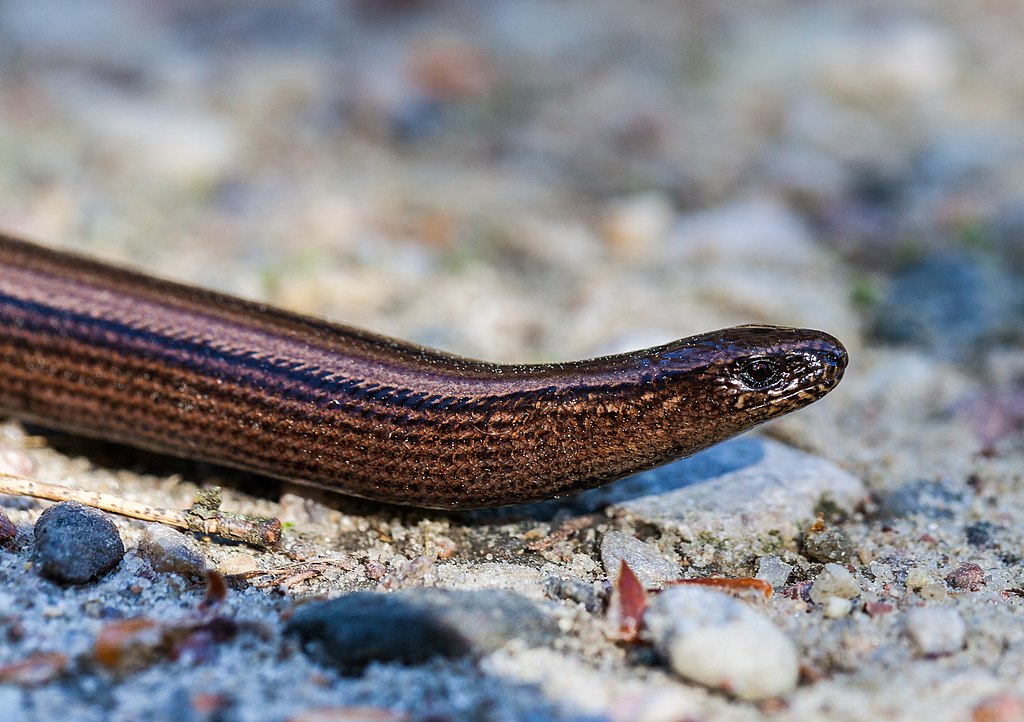Snakes are fascinating creatures that thrive on routine, yet they can also benefit from carefully introduced variety in their environment and care. Many snake owners struggle with balancing enrichment with their pet’s need for security and predictability. Too much change can stress your serpentine companion, while too little might lead to a less stimulating life. This guide will help you navigate the delicate balance of providing environmental enrichment and dietary variety without causing undue stress to your snake, allowing you to enhance your pet’s quality of life while respecting its natural tendencies and preferences.
Understanding Your Snake’s Natural Behavior
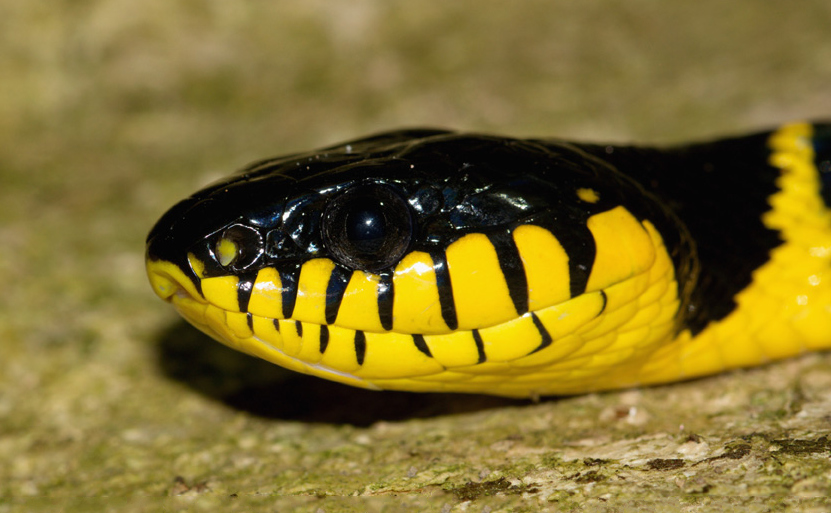
Snakes are generally creatures of habit that prefer consistency in their environment, which stems from their evolutionary adaptations as ambush predators or specialized hunters. In the wild, most snake species establish territories where they become intimately familiar with hiding spots, temperature gradients, and potential prey pathways. This natural behavior explains why captive snakes can become stressed when faced with sudden or dramatic changes to their habitats. Understanding your specific snake species’ natural history—whether it’s arboreal, terrestrial, or fossorial—provides crucial insights into how much variety it might tolerate or even enjoy. For example, tree-dwelling species like green tree pythons might appreciate more climbing opportunities, while burrowing species like sand boas benefit from substrate they can tunnel through.
Signs of Stress in Snakes
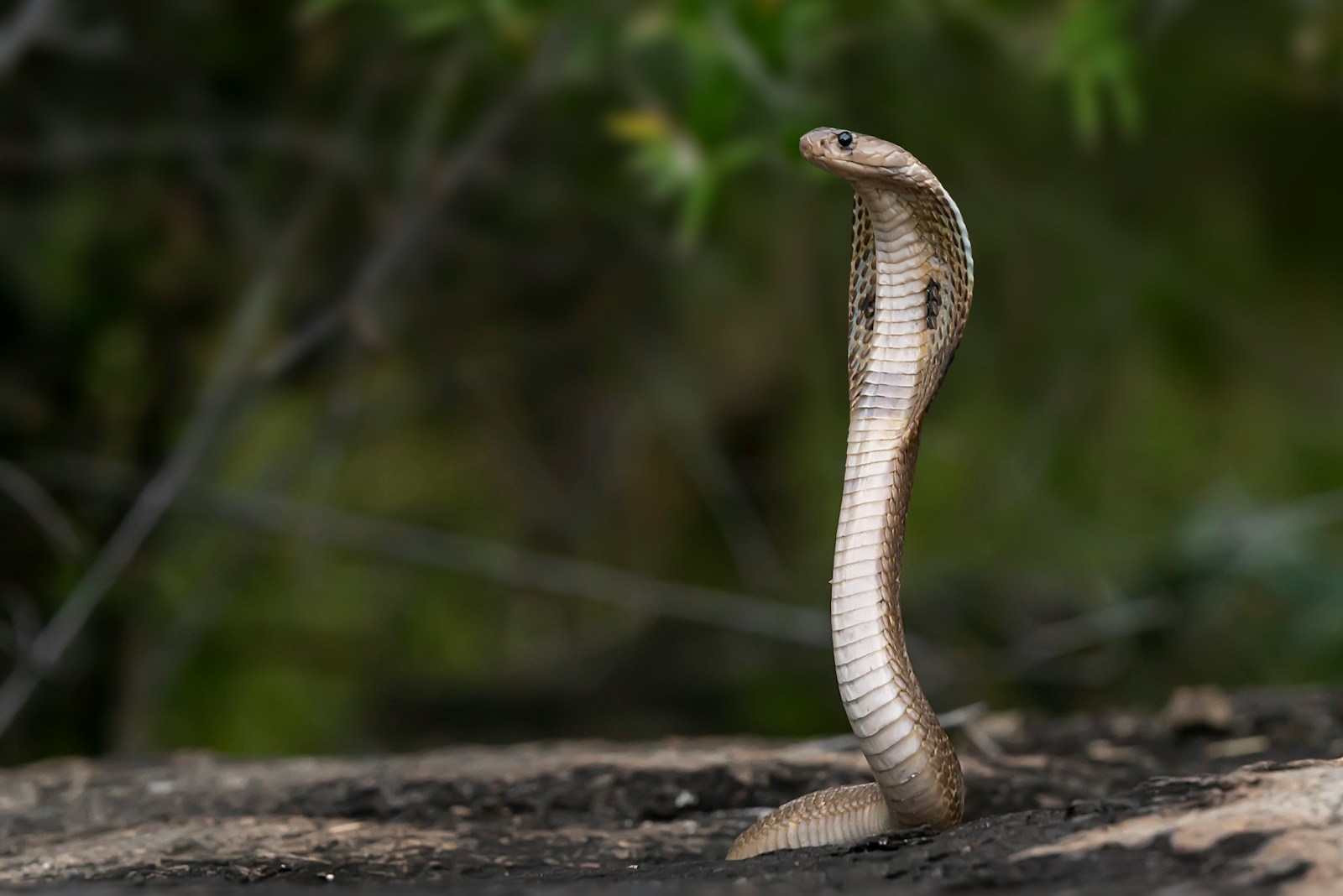
Before introducing any variety to your snake’s routine, it’s essential to know how to recognize stress signals that indicate your pet is uncomfortable with changes. Stress manifestations in snakes include defensive posturing, excessive hiding, refusing food, irregular shedding patterns, or unusual restlessness, particularly at times when they would normally be calm. Some snakes may also exhibit rapid breathing, regurgitation after eating, or rubbing their noses against enclosure walls when stressed. Physical symptoms might include weight loss over time, dull skin between sheds, or spending excessive time in unusual positions or locations within the enclosure. Being able to identify these signs early allows you to quickly adjust or reverse changes that might be causing distress to your snake companion.
The Importance of Gradual Change
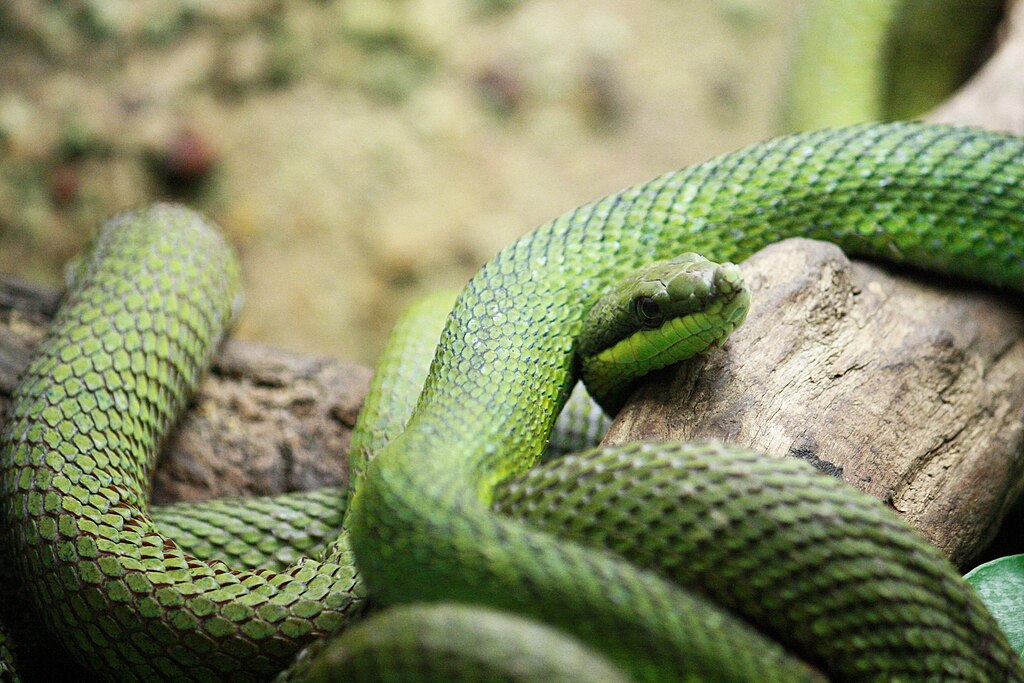
When introducing any variety to your snake’s life, the golden rule is to implement changes gradually rather than all at once. This methodical approach respects your snake’s need for predictability while still allowing for beneficial enrichment over time. Start with small, incremental modifications—perhaps adding a single new hide or changing just one decoration in the enclosure while keeping everything else familiar. Allow your snake at least one to two weeks to adjust to each minor change before introducing another element of variety. This slow-paced strategy gives your snake time to investigate, become comfortable with, and incorporate the new element into its mental map of its territory. Rushing changes can overwhelm your snake’s adaptive capacity, potentially triggering stress responses that may take weeks to resolve.
Varying Environmental Enrichment
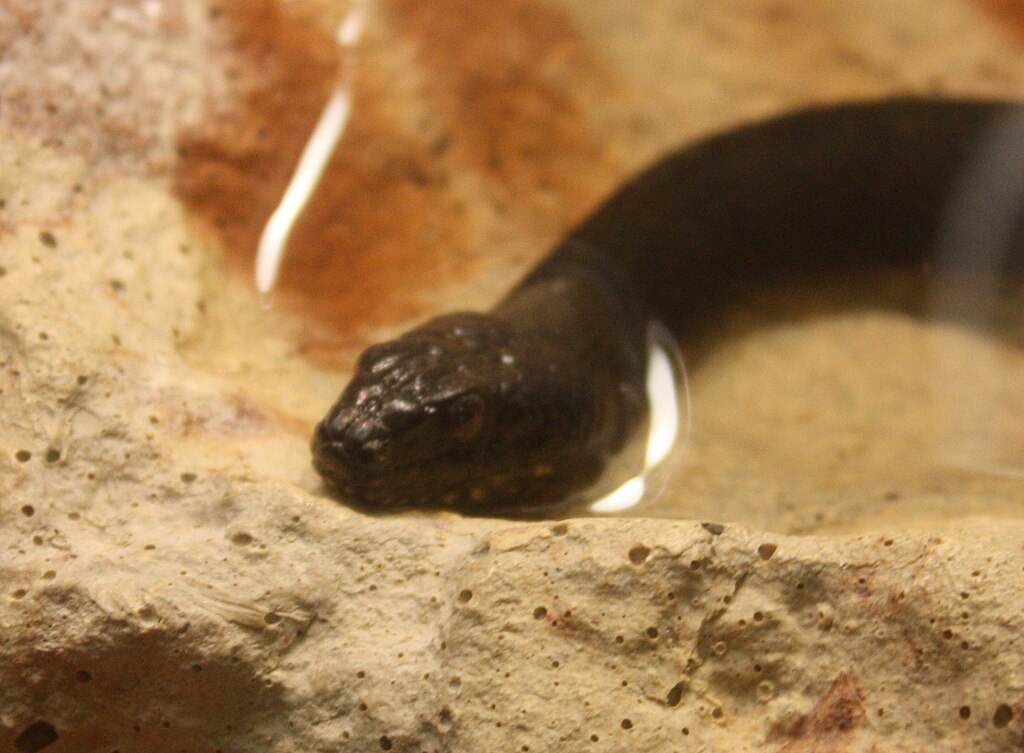
Environmental enrichment can significantly enhance your snake’s quality of life when introduced thoughtfully. Consider rotating different types of branches, rocks, or artificial plants within the enclosure to create new climbing, basking, or hiding opportunities while maintaining the general layout your snake is accustomed to. Some snake keepers maintain a collection of sanitized décor items that they can swap in and out seasonally, creating subtle changes that mimic natural habitat shifts without disrupting the snake’s sense of security. When adding new elements, place them in areas where they don’t obstruct established pathways or favorite resting spots. Temperature and humidity gradients should remain consistent even as you vary the physical elements, as these environmental parameters are critical to your snake’s health and comfort.
Rotating Hiding Spots
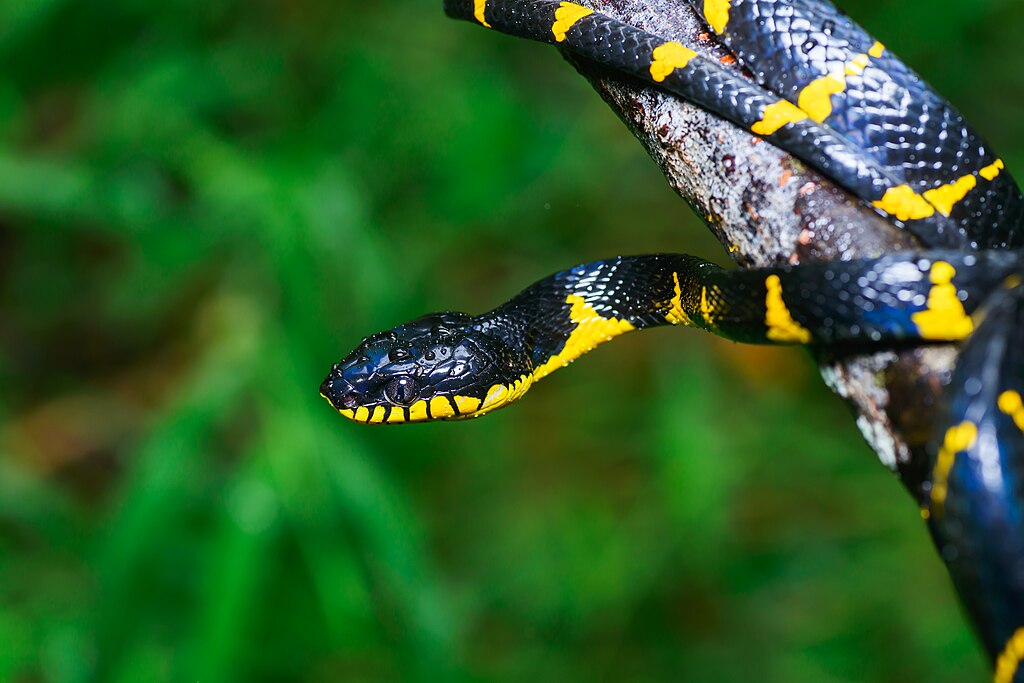
Hiding spots are essential for snakes’ sense of security, and offering variety in this area can be particularly enriching when done carefully. Consider maintaining two or three types of hides that differ in material, size, or shape—perhaps a cork bark tunnel, a commercial reptile cave, and a custom-made hide box. Rather than removing familiar hides, add new options while keeping original ones in place, allowing your snake to choose its preferred retreat. Over time, you might notice your snake developing preferences for different hides based on its shedding cycle, digestion status, or even seasonal behaviors. Some snakes might use cooler hides during digestion and warmer ones when preparing to shed, showcasing how variety can actually support their natural behavioral cycles. If your snake strongly prefers a particular hide, make sure to never remove it entirely, as this could eliminate its primary security zone.
Substrate Variation Techniques
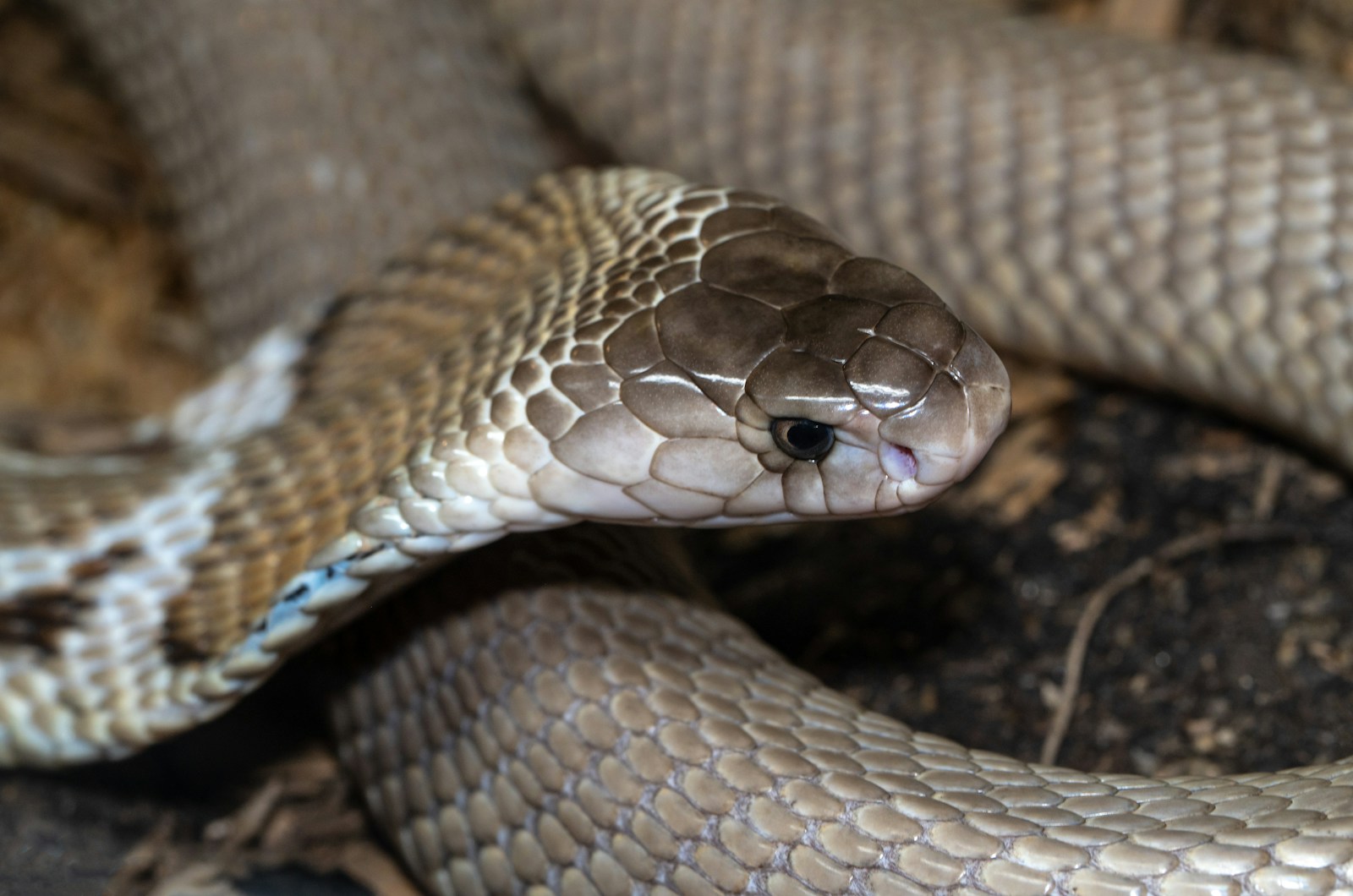
Substrate changes offer another opportunity for safe variety, though they should be approached with particular care since substrate impacts so many aspects of your snake’s environment. Instead of completely replacing your snake’s familiar substrate, consider techniques like spot-adding different approved substrates to create textural variety in different areas of the enclosure. For example, you might maintain cypress mulch as a base substrate while adding a section of coconut fiber, sphagnum moss, or aspen bedding in one area for different tactile experiences. This method allows your snake to choose its preferred substrate while exploring alternatives. Some keepers successfully implement seasonal substrate adjustments, using slightly damper substrates during shedding periods or dryer options during regular times. Always ensure any new substrate is snake-safe, dust-free, and unlikely to cause impaction if accidentally ingested during feeding.
Safe Dietary Variety

Dietary variation can benefit many snake species, though it must be approached with caution and species-specific knowledge. While most captive snakes thrive on a diet of appropriately-sized rodents, some species naturally consume a wider range of prey in the wild. For these snakes, you might consider occasionally offering alternative prey items appropriate to your species, such as quail, chicks, hamsters, or gerbils for larger species, or different types of mice for smaller snakes. Always research your specific species’ natural diet before introducing new food items. Vary prey size within appropriate limits, occasionally offering multiple smaller items instead of one larger prey, which can provide both nutritional and hunting stimulation. However, maintain consistency in feeding schedule and technique, as changes to how and when food is offered can be more stressful than changes to what is offered.
Handling Variations
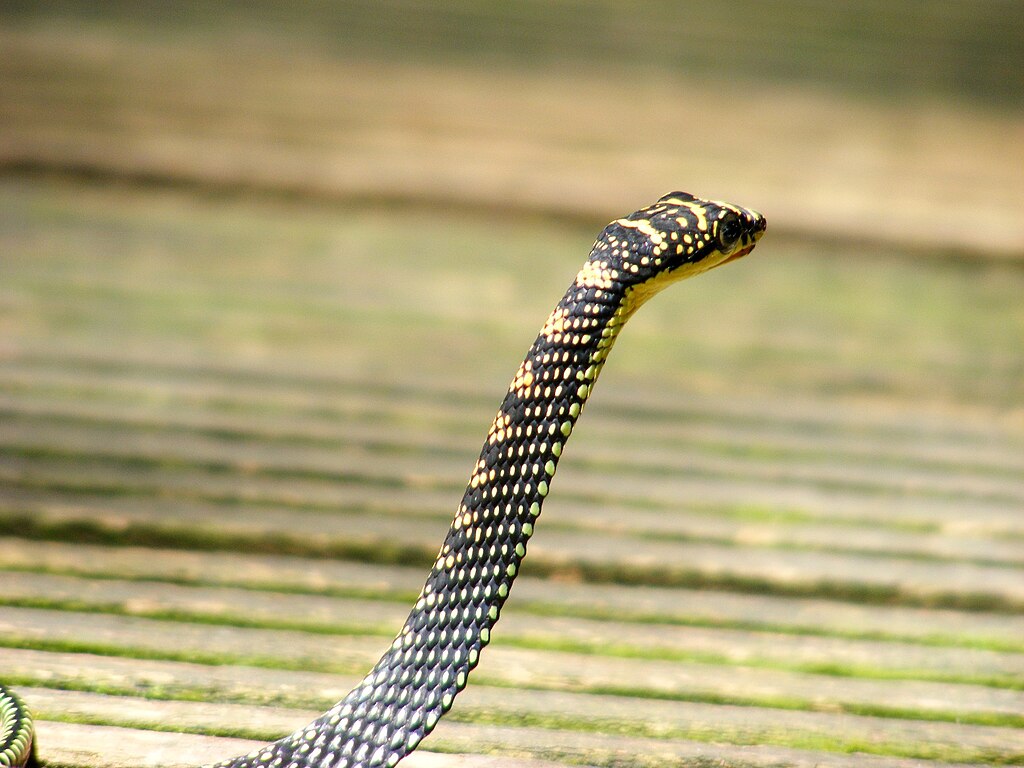
Thoughtful variations in handling can provide beneficial stimulation for many snakes without causing undue stress. If your snake is comfortable with regular handling, consider occasionally changing the duration, time of day, or location of handling sessions while maintaining gentle, supportive techniques. Some owners create “exploration stations” in snake-proofed areas where their pets can safely experience new textures, scents, and spatial arrangements under close supervision. Varying handling heights, positions, or even the number of people present during handling can provide novel experiences without fundamentally altering the snake’s sense of security with its primary caretaker. Always remain attuned to your snake’s body language during these experiences, immediately returning it to its enclosure if you notice signs of stress such as tense muscles, defensive posturing, or unusual restlessness.
Using Scent Enrichment Safely
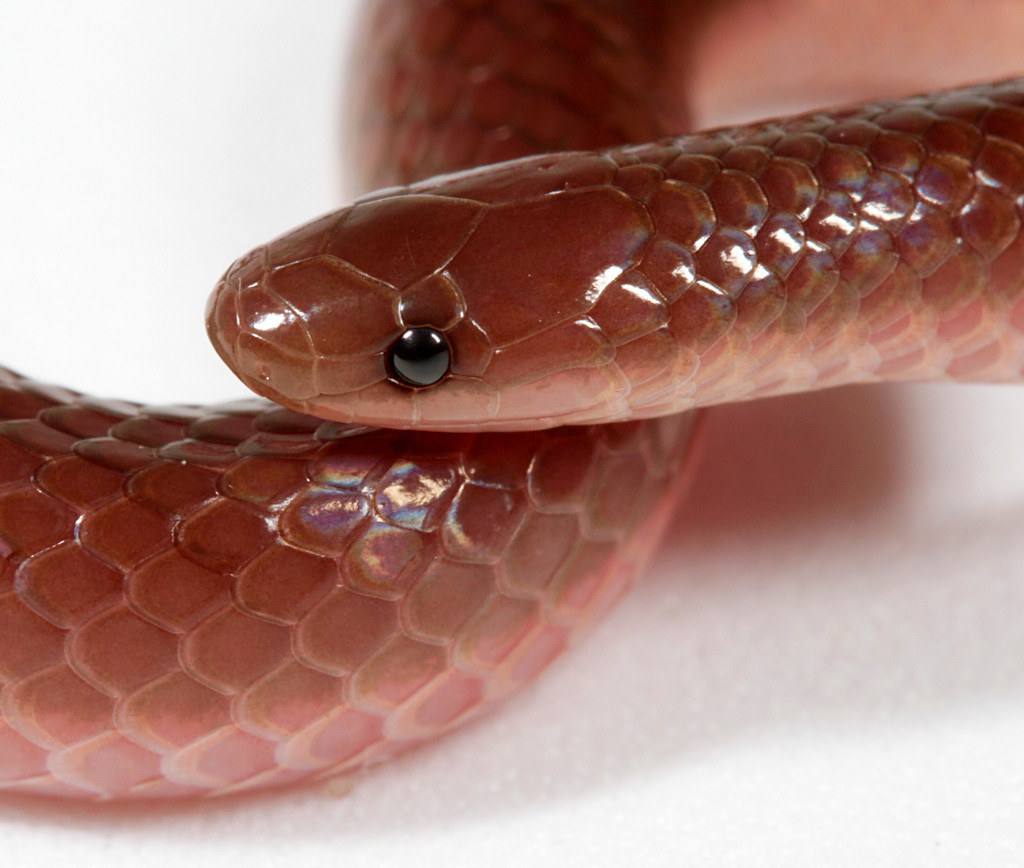
Scent enrichment represents an often-overlooked opportunity for providing variety that stimulates your snake’s primary sensory system without disrupting its physical environment. You can introduce novel scents by lightly misting different safe, natural aromas near (but not directly on) your snake’s enclosure, such as diluted, snake-safe flower essences or herbs. Some keepers report success with occasionally adding sanitized shedding material from different snake species to a small section of the enclosure, which can provide interesting olfactory investigation opportunities. When offering prey, you might occasionally vary scent trails by dragging the prey item across different snake-safe materials before feeding. Always avoid using essential oils, artificial fragrances, or any strong-smelling products near your snake, as these can be overwhelming or even toxic to their sensitive respiratory systems.
Seasonal Adjustments

Many snake species experience seasonal changes in the wild, and mimicking subtle seasonal shifts can provide biologically appropriate variety in captivity. Consider implementing minor adjustments to day/night cycles using timers on your enclosure lighting, gradually shifting by just 15-30 minutes each week to simulate changing seasons. Some keepers slightly adjust temperature gradients seasonally, offering slightly cooler nighttime temperatures in winter months for species that naturally experience seasonal variation. These subtle environmental cues can stimulate natural behaviors like increased activity, improved feeding response, or even breeding readiness in some species. However, drastic temperature changes should always be avoided, as thermal regulation is critical to snake health and digestion. These seasonal adjustments should be implemented extremely gradually over weeks, not days, to allow your snake time to acclimate physiologically.
Creating a Variety Schedule

Developing a thoughtful schedule for introducing variety can help ensure changes remain gradual and manageable for your snake. Consider creating a monthly calendar that spaces out different types of changes—perhaps rotating a hide in week one, adding a new climbing branch in week three, and offering a different prey type in week four. This systematic approach prevents accidentally implementing too many changes simultaneously, which could overwhelm your snake. Document your snake’s reactions to each change in a journal or digital log, noting any behavioral shifts, stress signals, or signs of enjoyment, which creates a valuable reference for future enrichment efforts. Many experienced keepers find that scheduling regular “stability periods” between changes—weeks where nothing new is introduced—helps their snakes remain comfortable with the concept of occasional novelty.
Respecting Individual Temperament

Perhaps the most important principle in introducing variety is recognizing and respecting your individual snake’s unique temperament and tolerance for change. Some snakes, even within the same species, naturally demonstrate more curiosity and adaptability, eagerly exploring new elements added to their environments. Others may be inherently more sensitive, requiring extremely gradual introductions or ultimately preferring a more consistent, predictable habitat with minimal variation. Neither temperament type is superior—your goal should be to provide the level of enrichment that enhances your specific snake’s quality of life without triggering stress responses. Through careful observation over time, you’ll develop an understanding of your snake’s personal preferences regarding variety, allowing you to tailor enrichment to its individual comfort level rather than following generic guidelines.
When to Back Off and Maintain Consistency

Recognizing when to pause or reverse enrichment efforts is as important as knowing how to introduce variety effectively. If your snake displays any persistent stress behaviors after a change—such as refusing multiple meals, spending excessive time hiding, showing defensive postures, or exhibiting unusual movement patterns—it’s time to return to complete consistency until these behaviors resolve. During specific vulnerable periods in your snake’s life, such as after acquisition, during illness, leading up to and during shedding, or following a stressful event like a veterinary visit, maintaining strict consistency is usually the kindest approach. Some individual snakes simply thrive better with minimal variation throughout their lives, particularly older specimens or those with histories of stress or improper care. Respecting these limitations demonstrates responsible, empathetic snake keeping that prioritizes the animal’s well-being over owner preferences.
Introducing variety to your snake’s life is both an art and a science, requiring patience, observation, and respect for your pet’s individual nature. By implementing changes gradually, staying attuned to stress signals, and focusing on enrichment that complements rather than disrupts your snake’s natural behaviors, you can provide a more stimulating environment without compromising its sense of security. Remember that even minimal variety, thoughtfully introduced, can significantly enhance your snake’s quality of life while maintaining the consistency that forms the foundation of their well-being. Your snake’s health and comfort should always be the priority, with enrichment serving as a gentle enhancement to an already secure and appropriate habitat.

